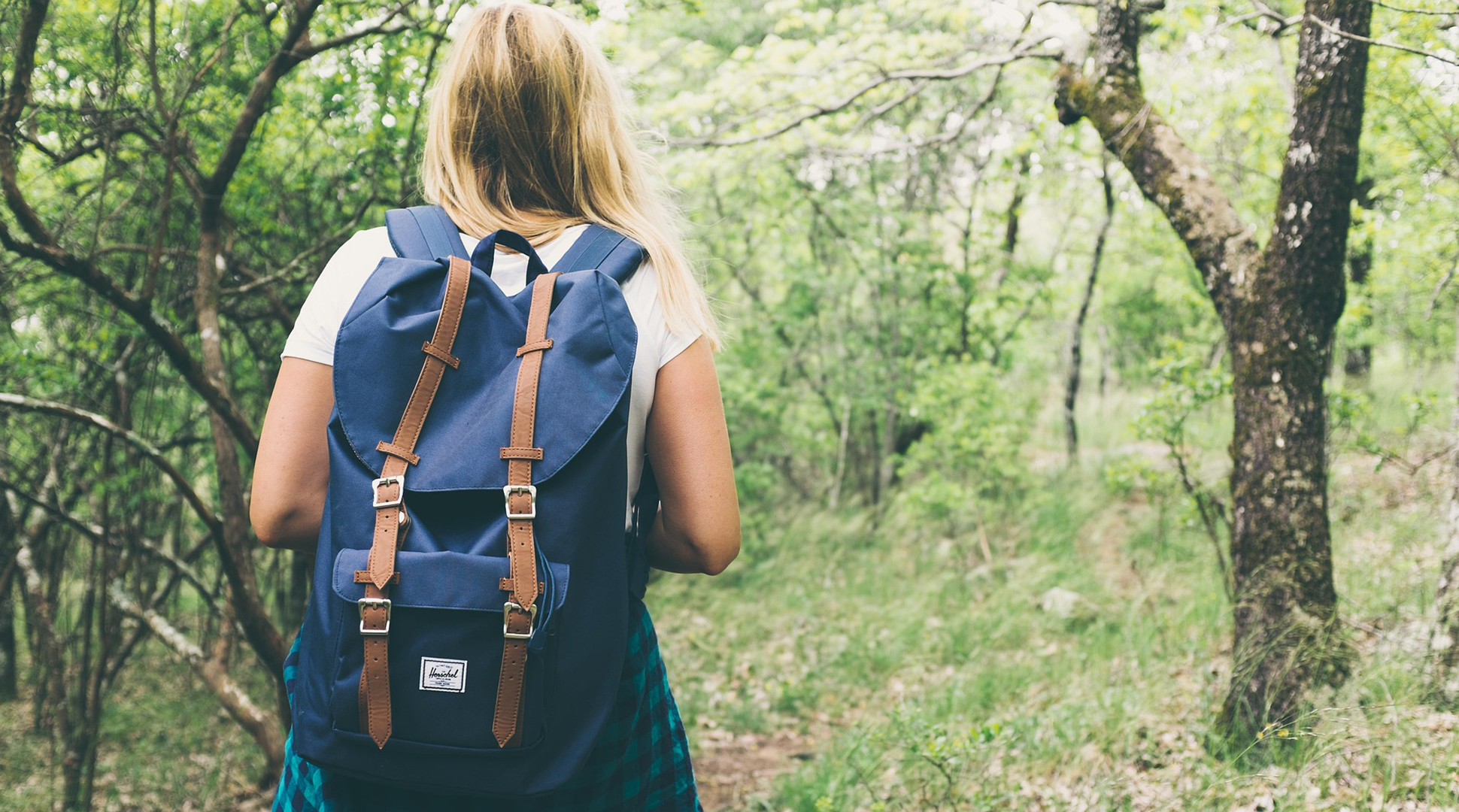photo courtesy Pixabay
by Julie Garden-Robinson, PhD, LRD
“Be sure to check your sleeping bag,” one of my college friends said.
“For what?” I replied to my friends on my first camping adventure.
“Snakes like to crawl into sleeping bags,” one of them replied.
I am sure my wide-eyed look of terror was fulfilling to them. They continued telling me about bears and other wild animals. I quickly understood they were teasing me. I only encountered pouring rain in a leaking tent. I should have brought an air mattress so I could float.
I really wanted to sleep in my car, but I did not dare to leave the tent.
Some people are “glampers” (campers in fully-equipped, “glamourous” recreational vehicles), or perhaps “hampers” (hotel-based campers). I made up the last one.
That experience ended my tent-based camping adventures, although I certainly appreciate the beauty of nature. The popularity of camping has increased from the late 1800s to the present.
Many people enjoy picnics and hiking, and we have a lot of opportunities in the Midwest to explore nature. Check out the North Dakota tourism website at www.ndtourism.com or the tourism information in your final destination.
Hiking and other outdoor activities have health benefits. Not only is walking good for your physical health, but unplugging from work and technology can be good for your mental health.
As you explore nature while getting exercise, you might get a little hungry. If you are hiking trails equipped with a backpack, you probably want to keep your snacks lightweight.
Remember that perishable foods without temperature control (ice packs, etc.) are safe at temperatures above 90 F for just one hour. If the temperature is in the 70s or 80s, you have a two-hour window during which your food is safe without ice.
Most foodborne-illness-causing bacteria grow quickly in warm temperatures, doubling in number about every 20 minutes.
You could bring perishable food (meat sandwiches, salad, cut fruits and vegetables) in a cooler with ice in your vehicle. Then you can transfer the food to a backpack and extend its safe time until you find a stopping point.
Alternatively, consider bringing items that do not require refrigeration, such as peanut butter sandwiches, nuts, seeds, fresh whole fruit, dried fruit (raisins, apple chips) and crackers. Be sure to bring plenty of water because hydration is especially important during physical activity in warm temperatures.
Travel with sunscreen of at least 30 SPF (sun protection factor) and insect repellent. Keep these items separate from food items by placing them in zip-top plastic bags, for example. Bring some hand wipes to clean your hands before eating.
You can put your food preservation skills to work for your outdoor adventures. Consider making jerky, dried fruit or dried fruit leather. Visit the NDSU Extension resources at www.ag.ndsu.edu/food and navigate to “Food Preservation and Wild Game” and “Food Safety” for more outdoor tips. Also see the “Drying Fruits” and “Jerky Making” publications. Many models of food dehydrators are available, and oven-drying is another option.
Julie Garden-Robinson, Ph.D., R.D., L.R.D., is a North Dakota State University Extension food and nutrition specialist and professor in the Department of Health, Nutrition and Exercise Sciences.
